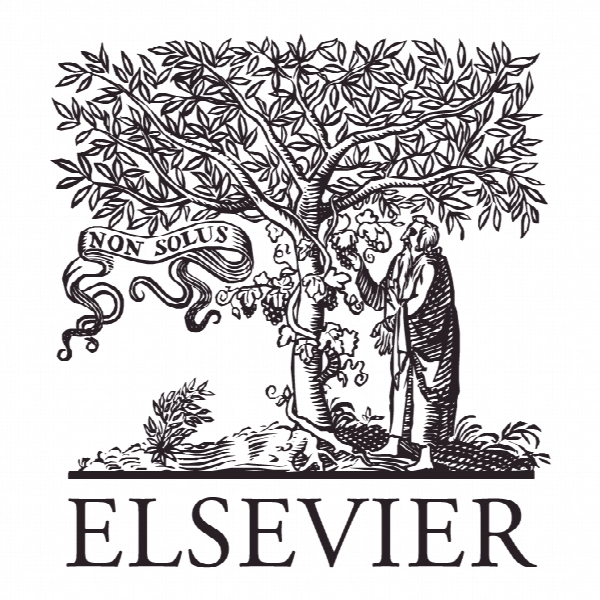سوابق عملکرد نوآوری سبز: یک مدل از یادگیری و قابلیت ها The antecedents of green innovation performance: A model of learning and capabilities
- نوع فایل : کتاب
- زبان : انگلیسی
- ناشر : Elsevier
- چاپ و سال / کشور: 2017
توضیحات
رشته های مرتبط مدیریت
مجله تحقیقات بازاریابی – Journal of Business Research
دانشگاه د سویل، اسپانیا
نشریه نشریه الزویر
مجله تحقیقات بازاریابی – Journal of Business Research
دانشگاه د سویل، اسپانیا
نشریه نشریه الزویر
Description
1. Introduction The ecofriendly impact of the human behavior is a constantly growing global concern for people, policy makers, countries, and organizations. Governments have applied corrective policies in the last years to diminish or palliate such environmental damage (Chen, 2008). Companies are not immune to this reality. On the contrary, as every multifaceted system in search for the equilibrium that will ensure long-term survival, companies should respond successfully to a dual adjustment dynamic. On the one hand, to reach a clear level of market efficiency, which involves enhancing the use of its resources and capabilities, which always have a limit—competitive adjustment. On the other hand, to overcome a certain degree of consistency with the society within which the organization operates—legitimacy adjustment. In order to subsist inside the presently stormy and hypercompetitive scenarios, companies must foster innovativeness. To this end, companies must remain up to date of the manifold market changes, fluctuations, and tendencies that are persistently arising. This objective involves a customer orientation, and a green orientation strategy. In this line, the ultimate aim of developing a green product/service innovation strategy deals with enhancing the firm’s survival and performance (Laforet, 2009). The increasing societal demands compel companies to integrate sustainability topics into their regular activity so that companies can reach their social, environmental, and economic goals. Two major driving forces promote green management (Chen, 2008): (1) the international set of norms and regulations concerning environmental protection, and (2) the consumers’ environmental consciousness (Chen, Lai, & Wen, 2006). Whatever are the goals that lead companies to undertake environmental management – complying with environmental laws and regulations, becoming more competitive, gaining legitimacy, etc. – integrating environmental sustainability issues into business strategy and greening the innovation process are becoming a strategic opportunity for companies (Porter & Reinhardt, 2007). Hence, following several studies, environmental management and green practices present a narrow linkage to firm innovativeness (Aragón-Correa, 1998; Pérez-Valls, Céspedes-Lorente, & Moreno-García, 2015).


